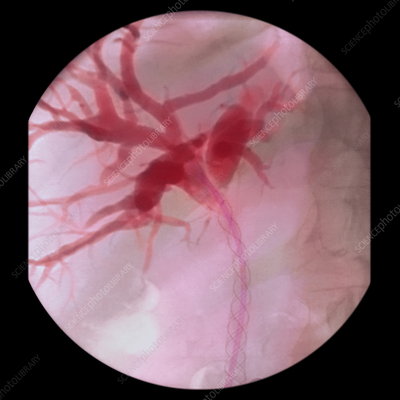
Bile duct cancer is the most common type of cancer found in humans, and it affects more than 1 million people in the United States alone. The bile gland is part of the human digestive tract. It is in the upper portion of the stomach, near the cecum. Bile secretes cholesterol and bilirubin, and these liquids are excreted through your digestive system.
Bile duct cancer is the result of the uncontrolled growth of abnormal cells in the bile duct. They are small, thin tubes about 5 inches long that run from the liver to the small intestine and gallbladder. The liver, pancreas, and gallbladder are part of the small intestine, while the gallbladder is located in the small intestine (large intestine). The liver and pancreas help the body produce bile. Bilirubin, a waste product produced by the liver, mixes with cholesterol and bile acids and accumulates in the gallbladder, which secretes it into the bile ducts.
There are three types of gallbladder: submucous, mucous, and endocrine. The submucosal and mucous types produce bile, while the endocrine gallbladder produces bile acids. Gallbladder cancer can affect both the bile duct and the gallbladder itself. The pancreatic duct also affects bile production, but this condition usually resolves without surgery.
Pancreatic cancer is the second leading cause of death from pancreatic cancer. This usually occurs in adults over 50 and in people with diabetes. The pancreatic duct is located just under the skin in the abdominal cavity. Pancreatic cancer also occurs in infants and children. A pancreatic tumor is a group of small, fat-filled tumors found on the surface of the pancreas.
Pancreatic cancer can be very difficult to detect, so it can go undetected for many years. The physical examination usually reveals some abnormalities on the x-ray of the abdomen. If your doctor suspects you have pancreatic cancer, a biopsy may be done. The doctor will likely remove a small amount of tissue to determine if it is cancerous or not.
In the last decade, the number of gallstones has increased
Gallstones are a byproduct of fat that accumulates in the gallbladder. They are composed primarily of cholesterol and bile acid and tend to collect around the bile ducts. This makes it difficult for them to get out of your body.
Gallstones are sometimes hard enough to block the bile duct, and if they reach a certain level in your body, they can become calcified. They are hard enough to pass through your system, but they are soft enough that they can collect around other organs. Gallstones are a common cause of jaundice, which is an excessive yellowing of the skin and the liver.
Gallstones can be removed surgically, but their risk of coming back increases as time goes by. This is because the bile that they are made of is composed of fats, which are extremely perishable and require special preservation. to prevent them from rotting and turning into stones again. The gallstones may also block the bill from passing, or obstruct the flow of bile acids.
In most cases, gallstones do not cause any symptoms until they grow large enough to block the bile duct. This is why so many doctors see gallstones as a silent disease. Sometimes a patient may have no symptoms, but later on he or she has some signs, such as pain in the upper abdomen and jaundice. Sometimes the symptoms can be quite intense.
There are several treatment options available for pancreatic cancer. These are generally focused on controlling the spread of the cancer. One of the first options is surgery, followed by chemotherapy and radiation therapy.
Surgery, especially when performed on patients who are young or who have a history of gallstones, has its drawbacks. It removes a healthy portion of the pancreas, leaving the area scarred and unhealthy. This is one of the reasons why patients are often advised against surgery in the beginning.
Chemotherapy is sometimes used to treat bile duct cancer. It is an option that is preferred by most doctors because it is easier on the body. Another option is to inject a solution into the bile duct, or use a drug called pyrrolizidine in order to break down the cholesterol. There is a chance that it will stop the production of bile acids and prevent the formation of gallstones, which is why it is more commonly recommended for people with a history of gallstones.